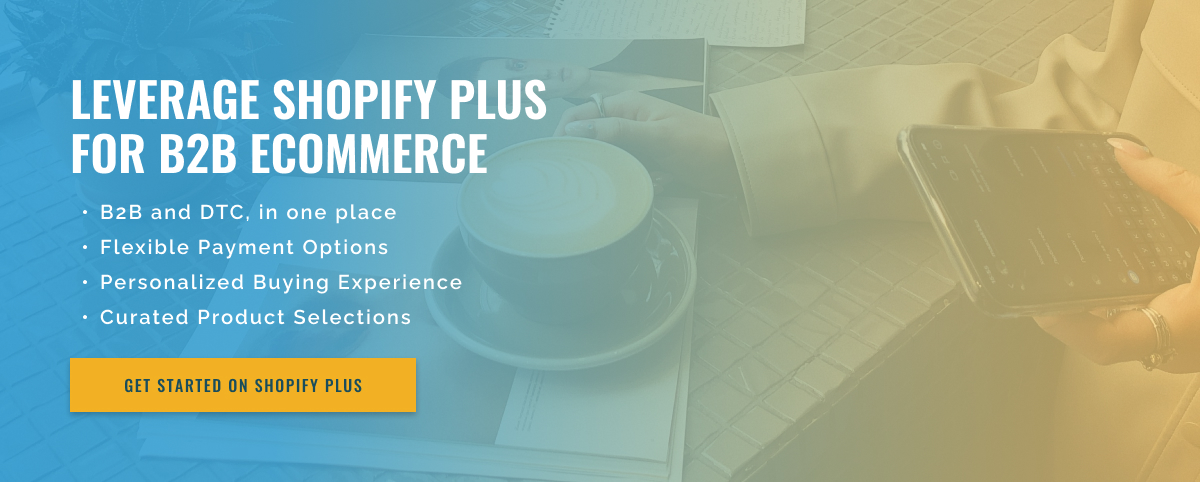3 minute read
Mastering Multilingual B2B Storefronts on Shopify
Shopify has become one of the most popular eCommerce platforms in recent years, and for good reason. The user-friendly interface, wide range of features, and seamless integration with third-party applications make it the perfect choice for businesses of all sizes. A noteworthy trend in the eCommerce world is the rise of multilingual B2B stores on Shopify. These types of storefronts are specifically designed for businesses that operate in multiple languages or businesses that serve customers from different countries.
Before we dive into the key considerations for developers when creating multilingual B2B stores on Shopify, it’s important to understand what B2B eCommerce is all about. B2B, or business-to-business, refers to the process of selling products or services from one company to another. These may be manufacturers, wholesalers, and distributors who sell to retailers, restaurants, or other businesses. Now let’s look at the most important considerations for developers when building multilingual B2B storefronts on Shopify.
1. Language Options: The most obvious consideration for a multilingual storefront is offering language options to customers. Shopify allows developers to easily translate their store into different languages using the built-in translation feature. However, it’s important to consider what languages your target audience speaks and prioritize accordingly.
2. Currency Conversion: In addition to language options, companies operating in different countries also need currency conversion. This allows customers to browse and pay for products in their local currency, making the purchasing process easier for them.
3. Localized content and images: It’s not just about translating the words on your storefront, but also about making sure the content and images appeal to your target audience. Using images and language that appeal to customers in different countries can greatly improve the user experience and make your store more inviting.
4. Shipping Policies and Taxes: When selling to businesses in different countries, it is important to take into account the different shipping policies and taxes that may apply in each location. Shopify’s shipping and tax calculation features can help developers set different rates for different countries and ensure accurate calculations at checkout.
5. Multi-currency payment options: In addition to currency conversions, it is also important to offer multiple payment options that are popular in different countries. These can include credit/debit cards, PayPal and local payment methods such as iDeal or Alipay.

